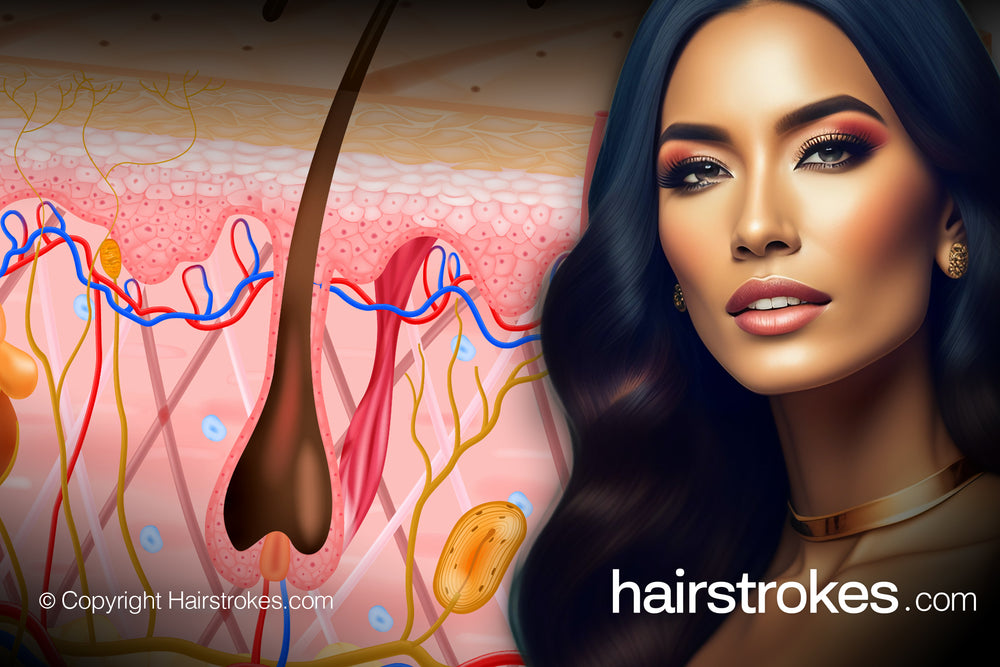2. Understanding Skin
Holistic Approach to Semi-Permanent Makeup (PMU)
Adopting a holistic approach is crucial for achieving the best outcomes in the world of pigmentation procedures, such as powder brows and hairstrokes. This approach goes beyond the basic techniques, weaving together insights from various disciplines, including chemistry, physics, biology, and psychology. Each discipline is vital in enriching our understanding of how these procedures interact with different skin types.
The Role of Biology in Understanding Skin Types
Biology is central to understanding the diverse skin types. It provides insights into the physiological aspects of the skin, such as its texture, elasticity, oil production, and how it reacts to different substances. The wide spectrum of skin types, including dry, normal, oily, combination, mature, and sensitive, each offers unique challenges in pigmentation. For example, oily skin might cause pigments to spread differently, impacting the precision and durability of the powder brows and hairstrokes. In contrast, dry skin may absorb and heal at a different rate.
Chemistry and Pigment Interaction
Chemistry plays a key role in how pigments interact with the skin. The skin's pH level and the pigments' chemical composition can significantly affect how colors are absorbed and maintained. Understanding pigments' chemical stability, particle sizes, and resistance to metabolic processes is essential in achieving the desired coloration.
Physics: Understanding Application Mechanics
The application process at PMU is deeply rooted in physics. Factors such as the depth, angle, speed, and force of needle penetration are crucial. Physics helps us comprehend how different needles interact with the skin's layers, influencing how pigments are distributed and retained.
Psychology: Managing Expectations and Perceptions
Psychology is important for understanding the expectations and perceptions of clients undergoing semi-permanent makeup. It encompasses the psychological impact, the creation of expectations, the interaction between artists and clients, and communication about the results. This aspect is critical in ensuring client satisfaction and the overall success of the procedure.
In summary, a holistic approach integrating biology, chemistry, physics, and psychology offers a comprehensive framework for effectively conducting pigmentation procedures, particularly powder brows and hairstrokes. Such an approach underscores the importance of a nuanced understanding of different skin types to tailor the procedure for optimal results.



